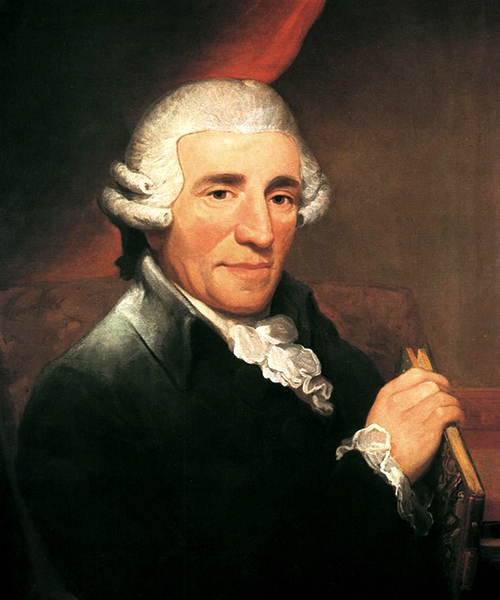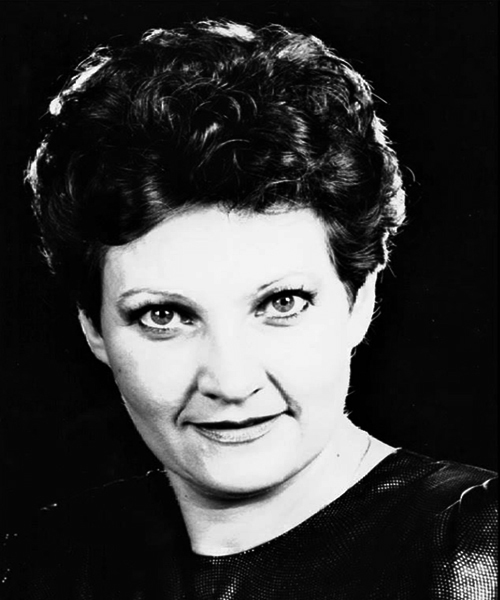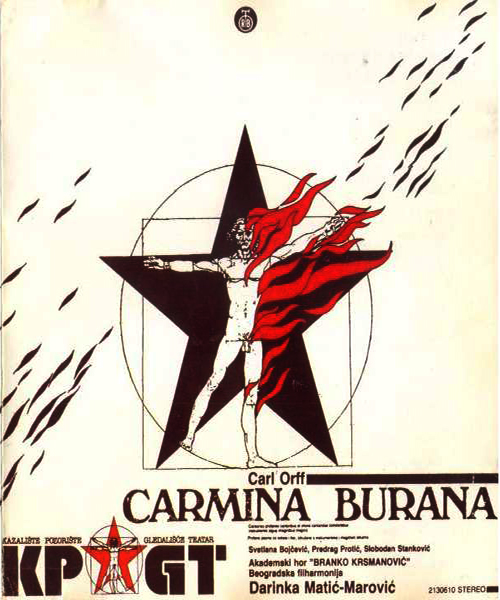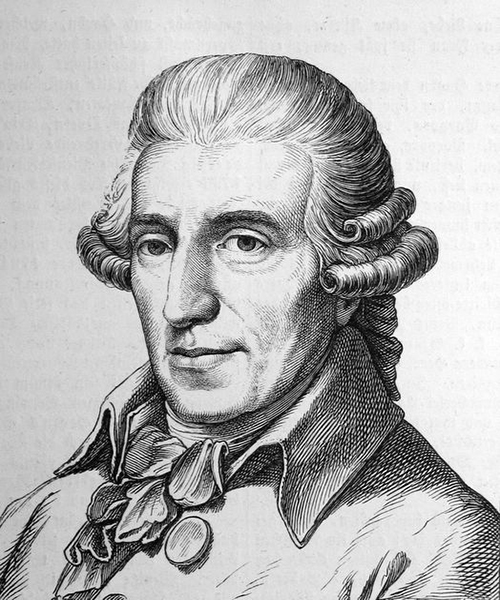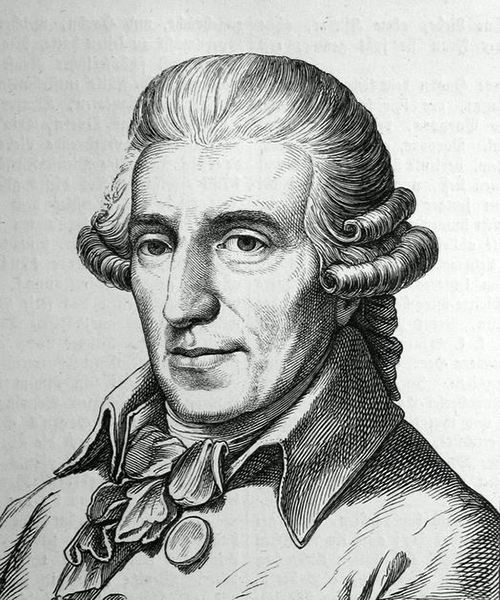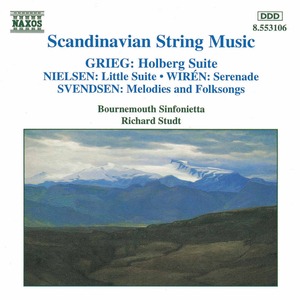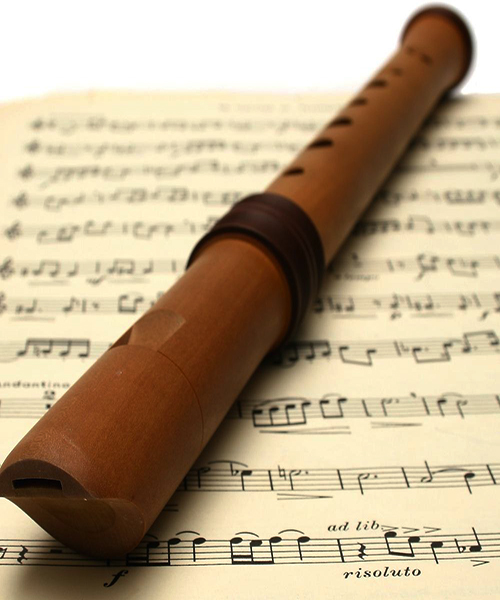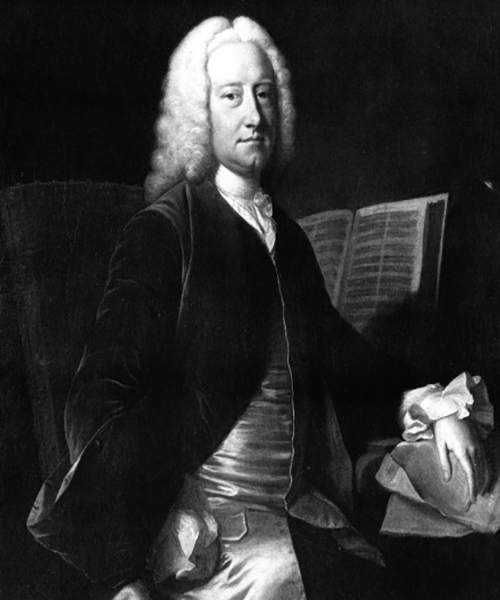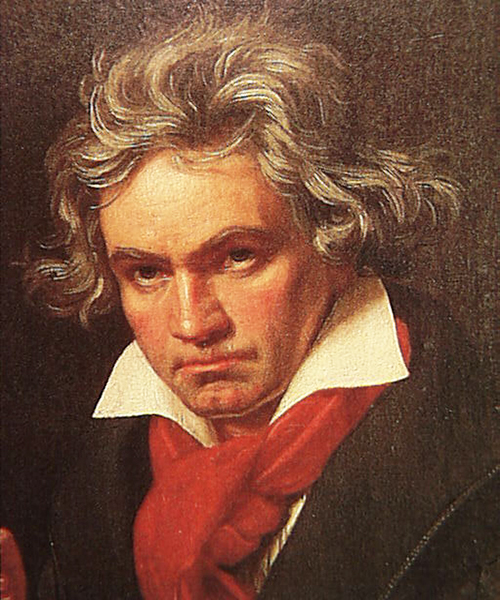Franz Joseph Haydn (31 March 1732 – 31 May 1809), known as Joseph Haydn, was an Austrian composer, one of the most prolific and prominent of the Classical period. He is often called the "Father of the Symphony" and "Father of the String Quartet" because of his important contributions to these forms. He was also instrumental in the development of the piano trio and in the evolution of sonata form.
A lifelong resident of Austria, Haydn spent much of his career as a court musician for the wealthy Esterházy family on their remote estate. Isolated from other composers and trends in music until the later part of his long life, he was, as he put it, "forced to become original".[6] At the time of his death, he was one of the most celebrated composers in Europe.
Joseph Haydn was the brother of Michael Haydn, himself a highly regarded composer, and Johann Evangelist Haydn, a tenor.
Joseph Haydn's PianoConcerto No. 11 in D major was written between 1780 and 1783. It was originally composed for harpsichord or fortepiano and scored for an orchestra in a relatively undeveloped galant style evident in his early works, and has a lively Hungarian Rondo finale. On the other hand, being a somewhat later composition, it also shows more similarities to Mozart's piano concertos than do Haydn's other keyboard concertos. It consists of three movements:
Vivace
Un poco adagio
Rondo all'Ungarese
